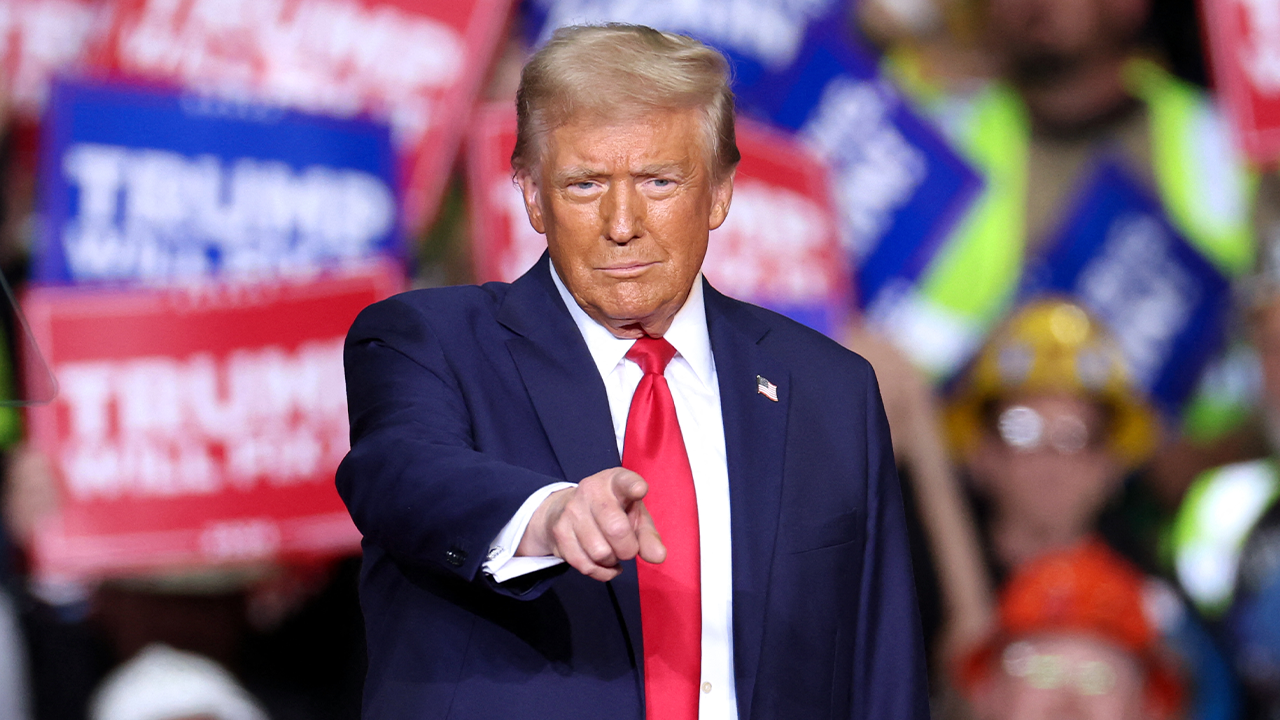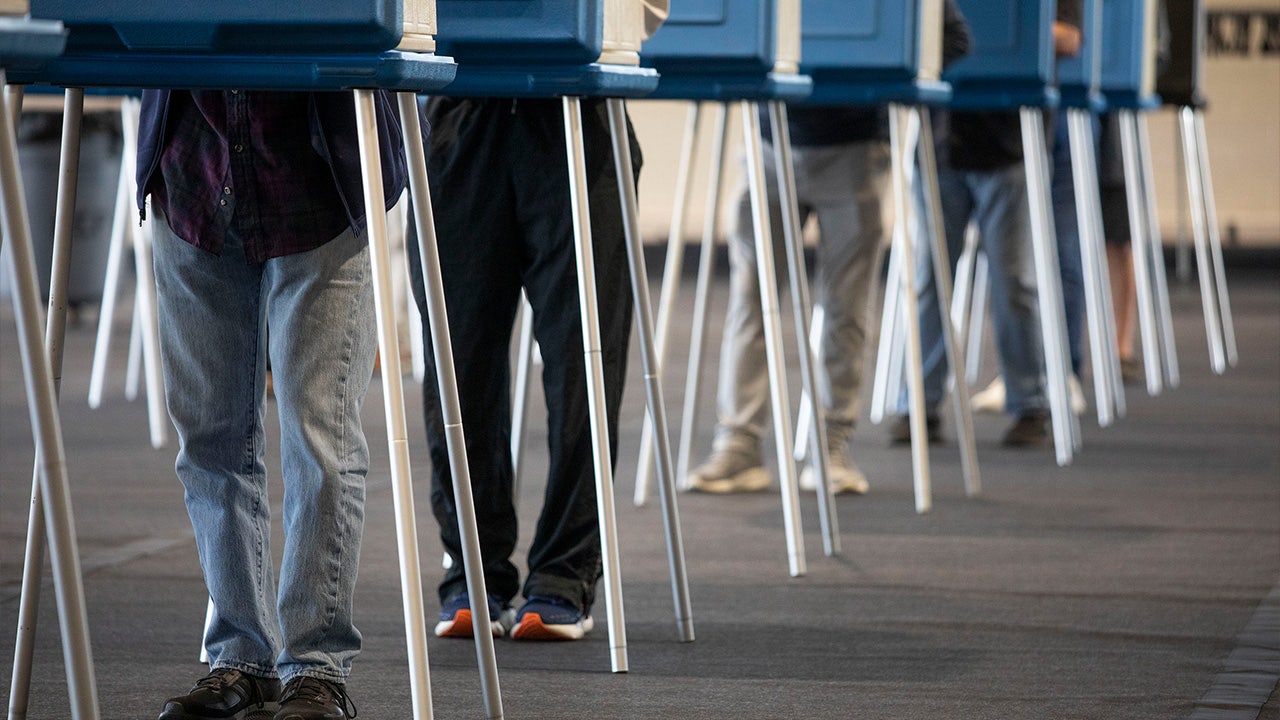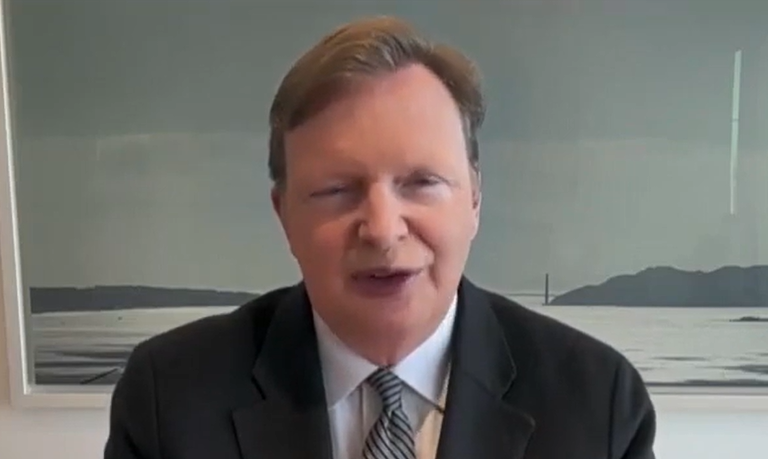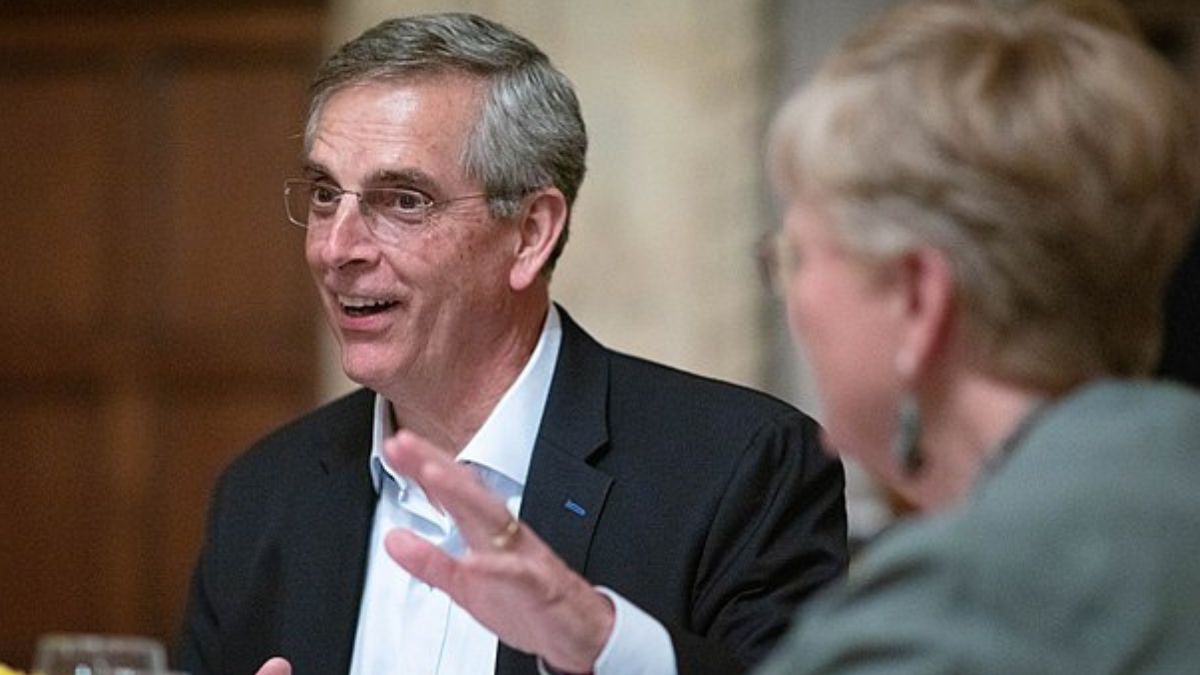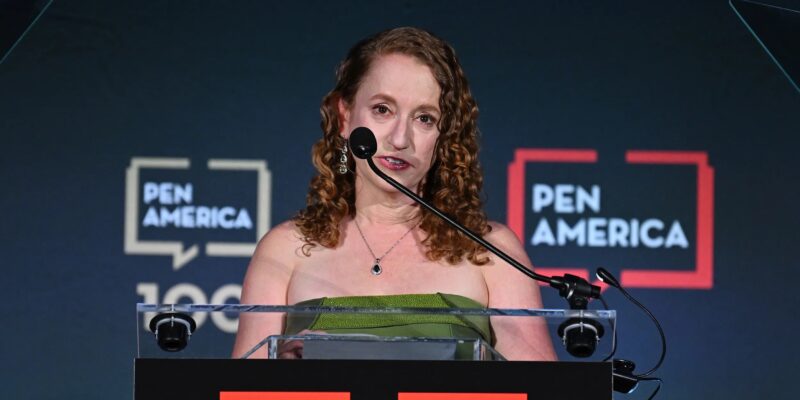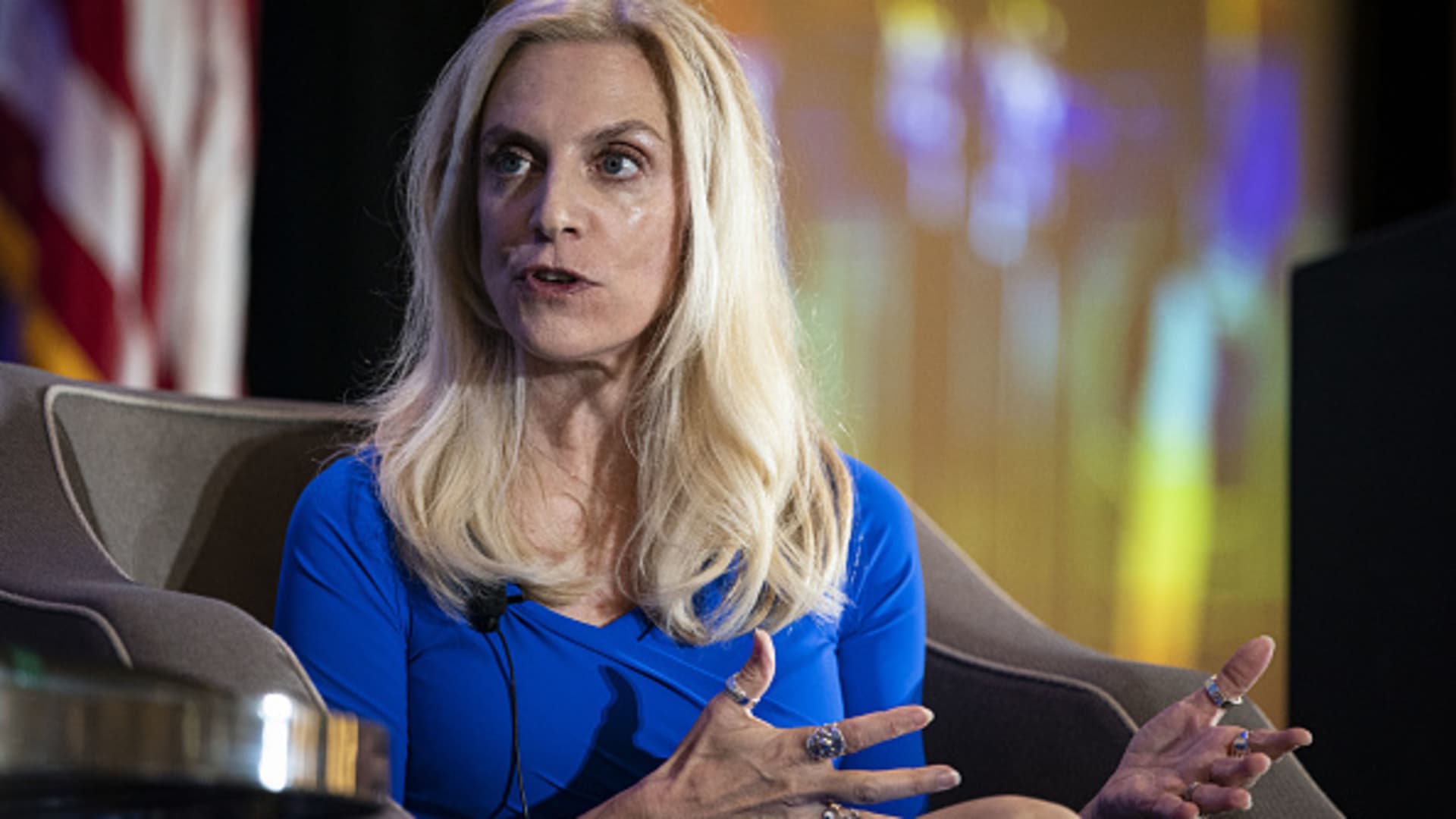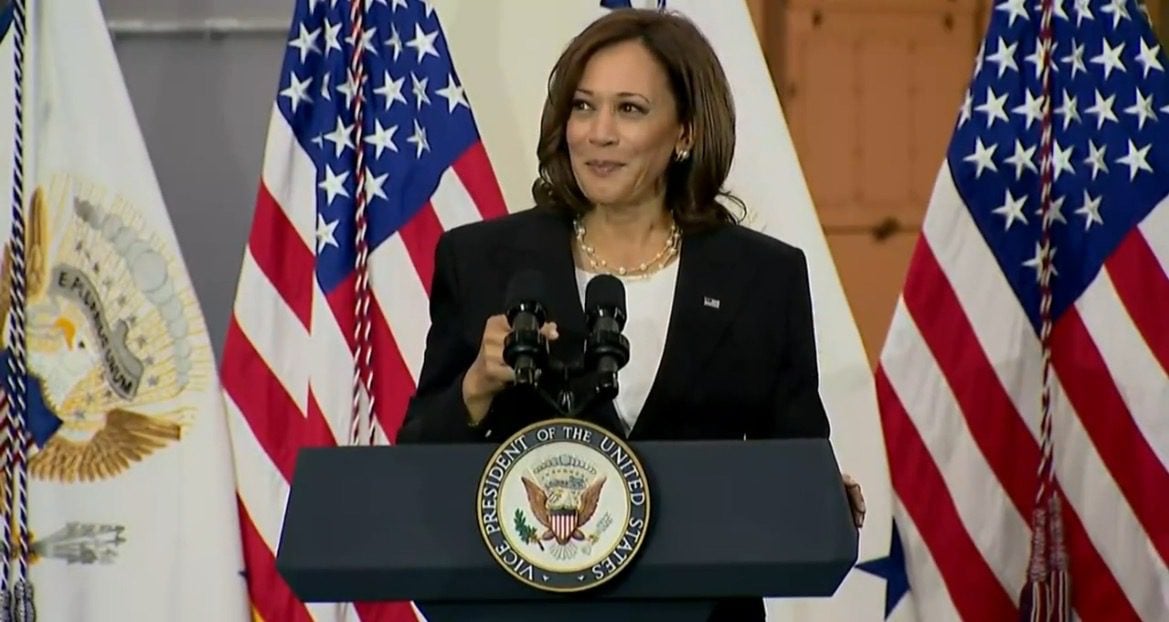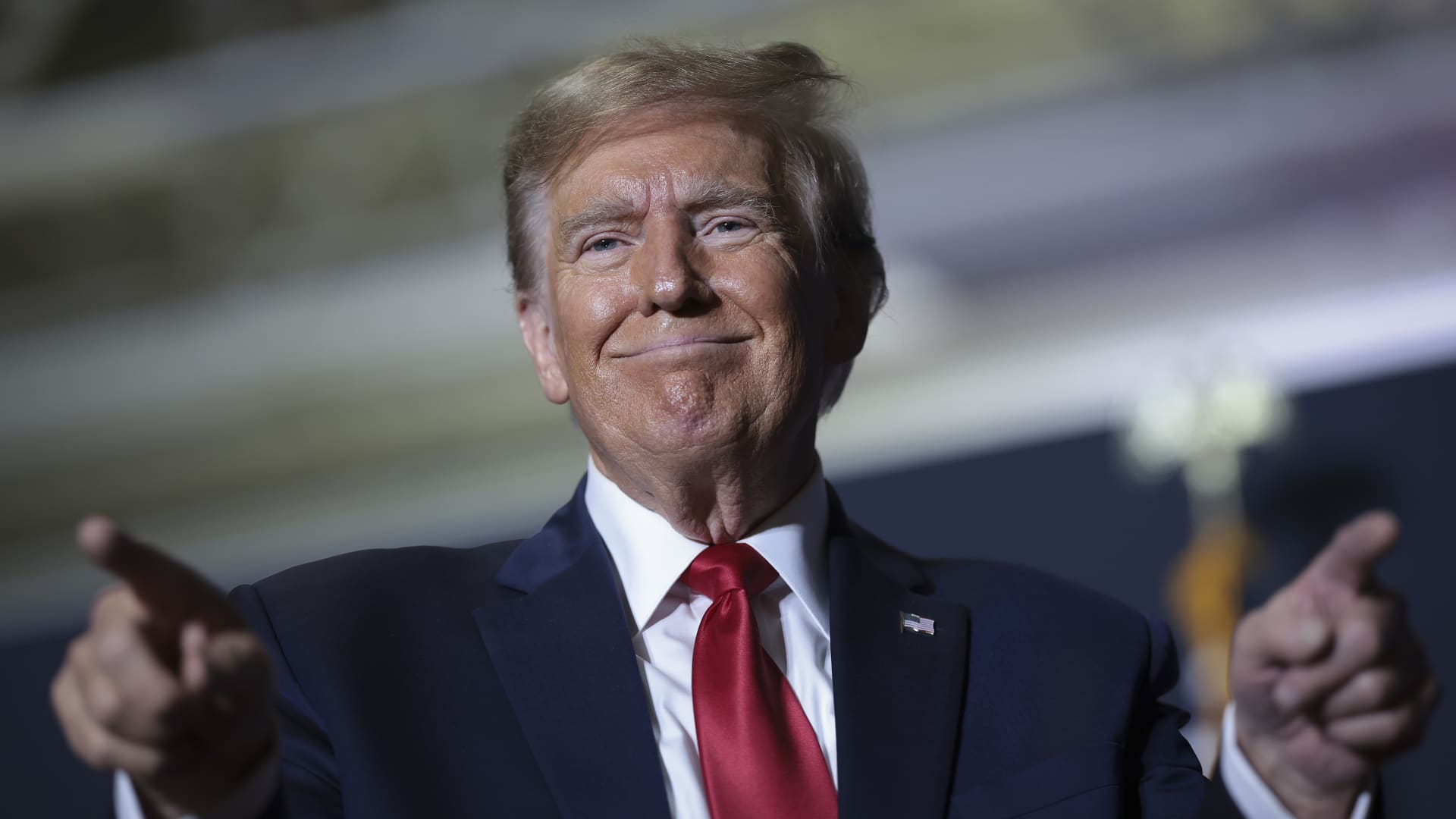Lael Brainard, governor of the U.S. Federal Reserve, speaks during the National Association of Business Economics (NABE) annual meeting in Arlington, Virginia, on Monday, Sept. 27, 2021.
Al Drago | Bloomberg | Getty Images
Federal Reserve Vice Chair Lael Brainard became the latest official to speak out on crypto, saying Friday that regulation is needed or the industry could become a wider danger.
“Innovation has the potential to make financial services faster, cheaper, and more inclusive and to do so in ways that are native to the digital ecosystem,” she said in a speech at a Bank of England conference in London. “It is important that the foundations for sound regulation of the crypto financial system be established now before the crypto ecosystem becomes so large or interconnected that it might pose risks to the stability of the broader financial system.”
The lack of regulation guidelines has been a confusing and troublesome issue for the crypto industry, whose participants are keen to develop and grow businesses but unclear on the regulatory parameters within which they can build.
Despite this year’s crash — the price of bitcoin is currently about 70% below its November all-time high of $68,982.20 — U.S. regulators continue to flick at the industry’s potential, growth and reach, as well as the potential consequences of not having a clear framework for it.
Brainard’s comments come a month after Sens. Cynthia Lummis (R-Wyo.) and Kirsten Gillibrand (D-N.Y.) introduced legislation to create a regulatory framework for crypto that would empower the Commodity Futures Trading Commission to regulate most of the industry.
Earlier in the year, President Joe Biden announced an executive order on cryptocurrencies that attempted to fix the lack of a framework for crypto development in the U.S.
Brainard on Friday highlighted the volatile nature of cryptocurrency prices.
She also pointed to recent events that have further pressured crypto prices and soured sentiment, specifically, the collapse of Terra, as well as attempts to create decentralized stablecoins before it, and the current liquidity crisis centered around Three Arrows Capital.
“New technology and financial engineering cannot by themselves convert risky assets into safe ones,” she said.
“Despite significant investor losses, the crypto financial system does not yet appear to be so large or so interconnected with the traditional financial system as to pose a systemic risk,” she added. “This is the right time to establish which crypto activities are permissible for regulated entities and under what constraints so that spillovers to the core financial system remain well contained.”

